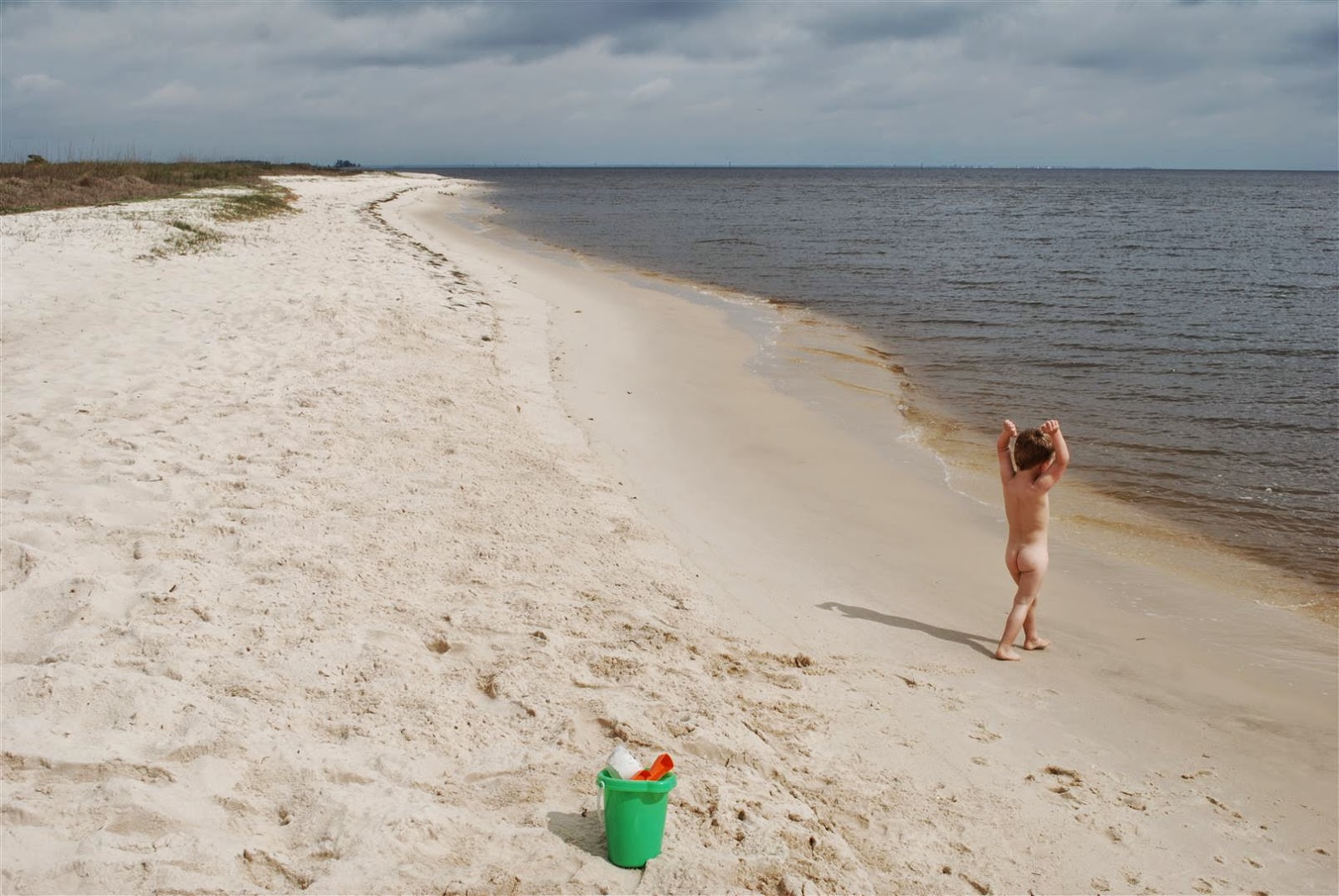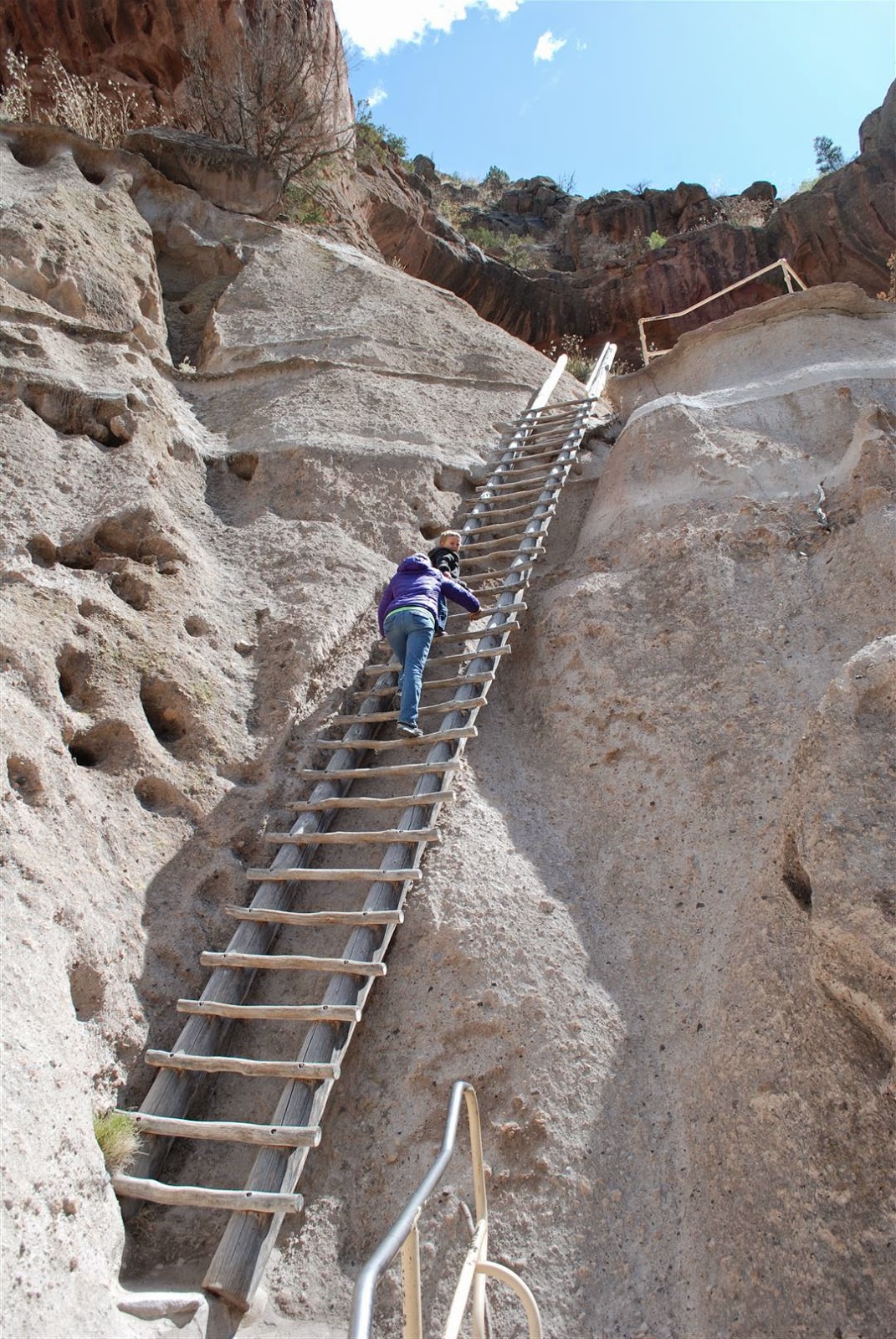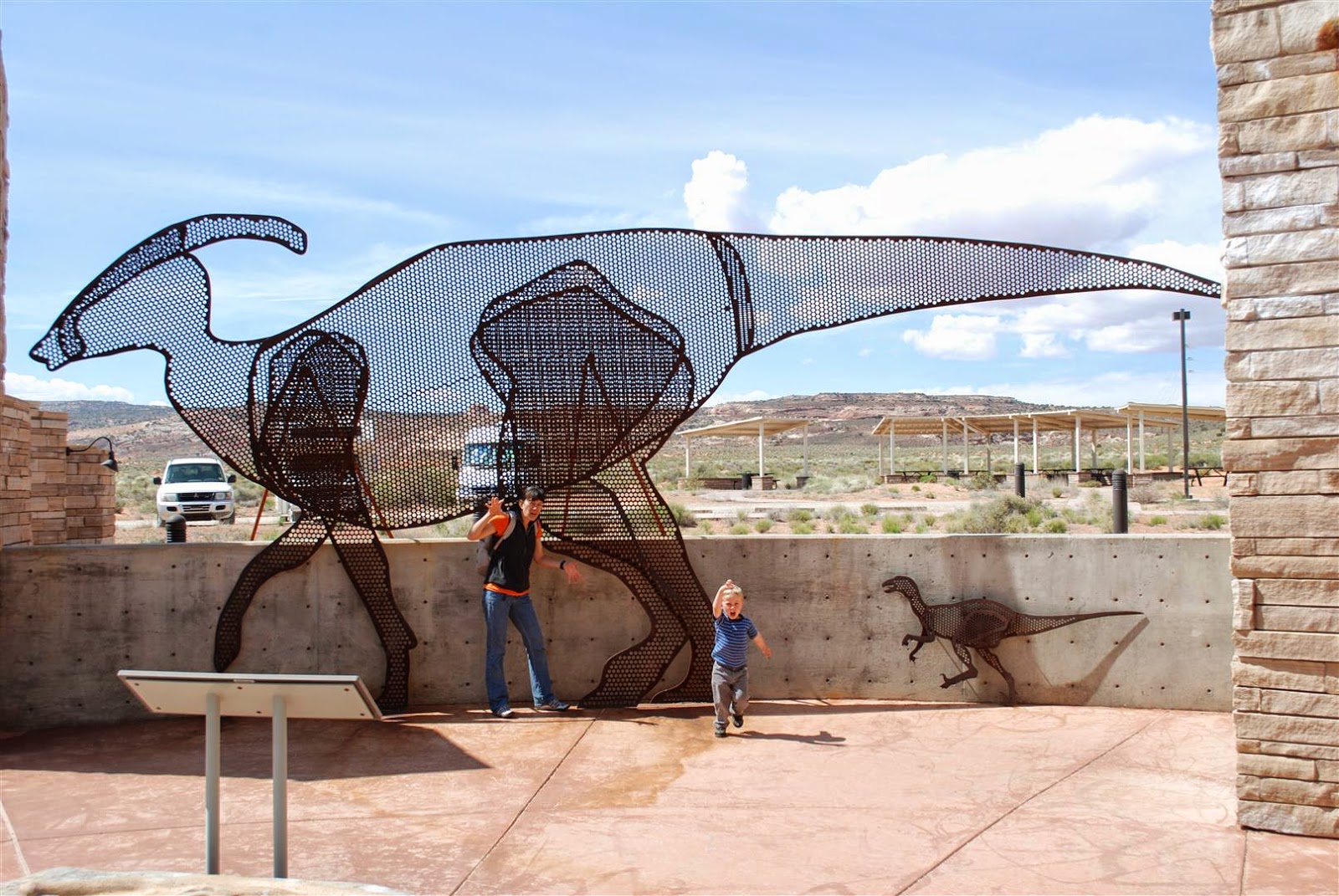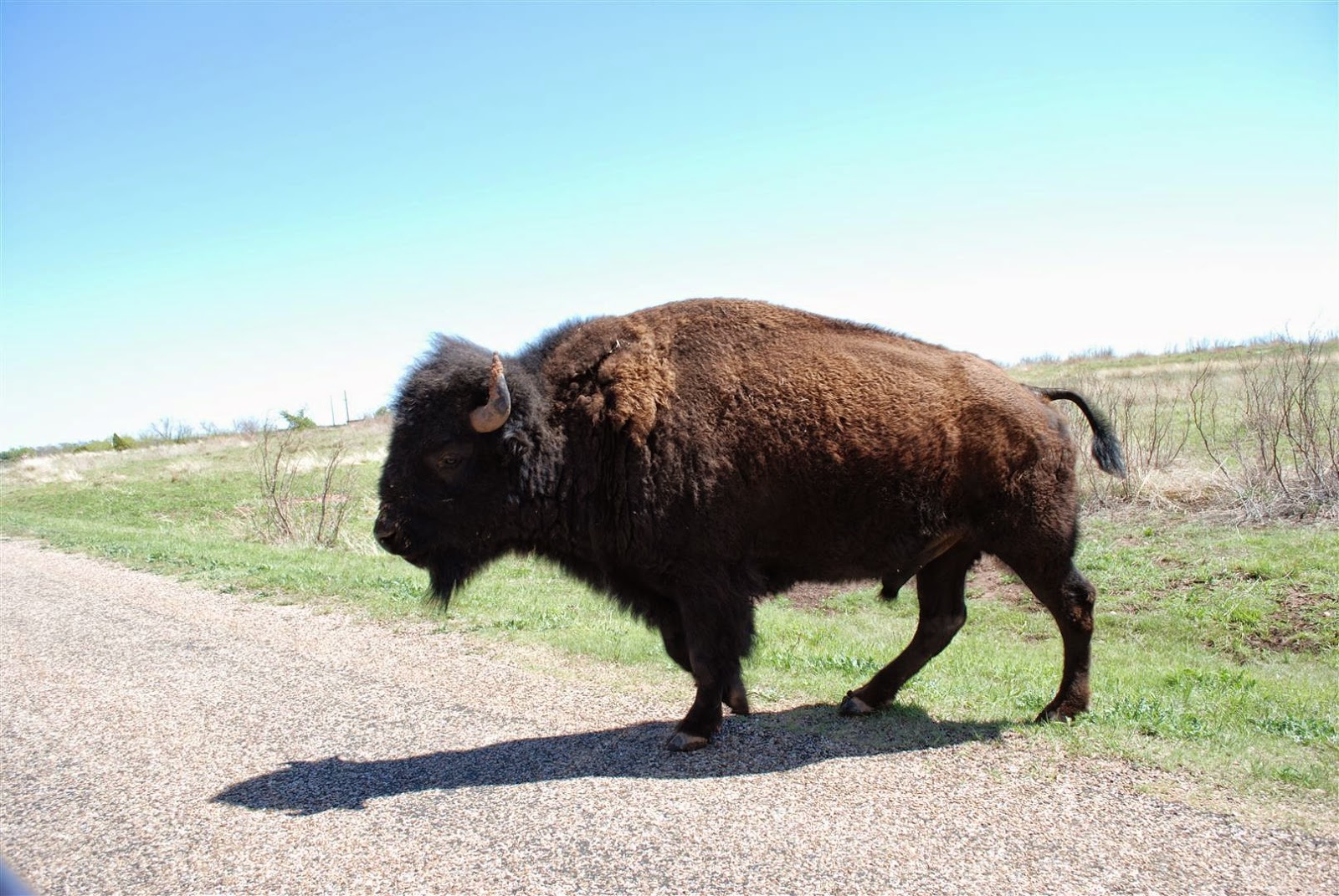.JPG) |
| Watching for alligators at Okefenokee. |
After our comfortable stay on Jekyll Island, on March 24 we headed west into the
unknown. For really the first time on our journey, we didn't have a destination, didn't know where we would visit, and didn't know where we would camp. In general, we were heading toward New Orleans, but we wanted to stop and have adventures along the way. As Sunshine and I are both planners, it was an uneasy feeling, but also exhilarating. This was one of the reasons why we left on our journey... to be free of our overly planned lives and have the freedom to explore to our hearts content.
.JPG) |
| Walden plays at Traders Hill campground. |
We didn't get far! Just about two hours from Jekyll Island, we saw the signs for Okefenokee National Wildlife Refuge. Sunshine and I had visited Okefenokee Swamp separately years before, but we thought it would be an exciting family stop to see alligators and other wildlife. Unfortunately, National Wildlife Refuges don't typically have campgrounds, but we found a private campground called Traders Hill near the entrance of the refuge. It was shaded with beautiful towering live oaks, had electric and water hookups... and looked completely abandoned. We eventually found the property manager who told us to camp wherever we wanted. He had to go to a doctor's appointment, and so would be in touch later for payment. We never did see the property manager again, despite a valiant effort on our part, and so never actually paid for the campsite... our good fortune! Per Sunshine, the water at the campground smelled so strongly of sulfur (rotten eggs) that she would rather wallow in her own stench than put the water on or in her body.
.JPG) |
| Looking at a water snake in Okefenokee Swamp. |
At Okefenokee, we stopped at the visitor center, where Walden was both completely entranced and nervous of an animatronic old man in a rocking chair who told stories of the swamp. He kept wanting to press the buttons to turn him on, but was too scared to do it. Amazingly, it wouldn't be the only robot we saw at a wildlife refuge. We then drove the Swamp Island Drive to look for alligators and other wildlife. At the first pond, Sunshine saw something on the opposite side. We got out to look, and a 4 to 5-foot alligator began swimming right toward us. Walden was intrigued by Daddy's binoculars and kept trying to look through them. Mom gave Walden one of his special traveling presents (a reward system for when he behaves)... his own set of binoculars! Soon, we discovered why the alligator was swimming toward us... two baby alligators were swimming on the shore where we were standing, and the mother didn't necessarily trust us much. We watched them for a long time. We also visited the historic Chesser Island homestead, where Walden enjoyed pumping water. And we walked the Chesser Island boardwalk, which had burned completely in 2011. It was recently reopened and has a sprinkler system installed beneath for future wildfires. The swamp was filled with carnivorous yellow bladderworts, a plant that has "floats" which keep the flower head above the water surface. Walden kept a lookout from the backpack with his binoculars and we saw a huge alligator basking in the sun, a water snake, and large spiders. The view from the tower at the end of the boardwalk really gave us a feel for the vastness of Okefenokee... swamp and islands for as far as the eye could see. It was spectacular!
.JPG) |
| Leon Sinks hiking trail, Apalachicola National Forest. |
The next day, March 25, we continued traveling west and decided to check out Apalachicola National Forest in the Florida Panhandle, the largest national forest in the state. We stopped at a visitor center and were amazed at the number of activities we could do around the area. Before finding a campsite, we hiked the Leon Sinks Trail in the national forest, an incredible series of sinkholes created by the limestone karst below the ground. Some holes were small and blanketed in trees and bushes. Other sinkholes were massive, deep, and filled with water. Our favorite was Hammock Sink, peaceful, framed by branches, and with water an incredible blue-green. We saw anoles, snakes, a blue-tailed skink, flowering dogwoods, and walked on a boardwalk through a tupelo/cypress swamp.
.JPG) |
| Our friend, Bullwinkle, and his painted cards. |
That night, we decided to camp at a free campground in the national forest... since we had lucked out the night before. As Sunshine would say again and again, you get what you pay for! Actually, it turned out to be much better than our first impressions. The campground was composed of three campsites and a pit toilet. One campsite was occupied by a man in a van... who we never really saw during our stay. Another campsite was occupied by a well-used RV and an older man with unkempt white long hair and a beard who had obviously been living here for a long, long time. As we were setting up, he came to welcome us to the campground. His name was "Bullwinkle" and was obviously eager to talk to people. Although we were nervous at first, we found that he was a kind and generous person, and felt safe leaving the Burro while we explored. We learned that he had spent the last 27 years living in his RV in the national forest campgrounds of Florida. He worked as a lawyer for many years, and actually won a $20 million case against Procter and Gamble (he said he wasn't hurting for money). He was a Vietnam veteran and had 8 children. After his wife died and his twins married two other twins, he gave up his 8-bedroom house and moved into his RV where he has lived ever since. He also had a pet rabbit. To keep himself from "going crazy" (his words), he would paint wooden cards with letters, numbers, and animals for his grandchildren. He gave a complete set to Walden, who loved looking through them. Fascinating the people you meet on the road!
.JPG) |
| Watching the birds at St. Marks Wildlife Refuge. |
While we camped there, on March 26, we visited St. Marks National Wildlife Refuge, which we discovered is the wintering grounds for the Whooping Cranes raised in Wisconsin... we followed the Whooping Crane migration route! The refuge was a fantastic place to watch wildlife. A large alligator was sunning itself just outside the visitor center, and we heard another one bellow a roar out in the pond adjacent to the center. We saw large groups of wading birds hanging out together... Great Blue Herons, Little Blue Herons, Tricolored Herons, Great Egrets, Snowy Egrets, Cattle Egrets, and Glossy Ibis. We also visited the St. Marks lighthouse, where we watched a large storm building over the ocean and listened to deep rumble of thunder. After a quick lunch under shelter, a heavy rain began to fall and we had to abandon our hiking plans. Instead, we drove to the Gulf Specimen Marine Lab Aquarium in Panacea. It was a strange little place, almost industrial, filled with different types of touch tanks, aquariums, and exhibits. Many of the tanks were in disrepair, dirty, or outdated. However, the sheer number of animals available to touch and view was intriguing. Walden was hesitant to touch any at first, but eventually fell in love with the hermit crabs, where he would draw "roads" in the sand that he wanted the crabs to follow. I enjoyed seeing the octopus up-close.
.JPG) |
| Making roads for hermit crabs to follow. |
.JPG) |
| Fun on the beach at Bald Point State Park |
The next day, March 27, we said goodbye to Bullwinkle, loaded up the Burro, and headed to Bald Point State Park, an undeveloped expanse of beach and dune habitat that juts out into the Gulf of Mexico. The weather was much warmer than we expected and Walden was eager to play in the sand and water. Since we had the place almost entirely to ourselves, we let Walden run around and play naked. He was THRILLED! We never had seen so much running, screaming, splashing, and plopping down on the sand. There were also a great number of shorebirds to watch, including Ruddy Turnstones, Willets, Laughing Gulls, and Brown Pelicans. That evening, we drove to another more developed campground on the west side of the national forest called Wright Lake, with running water, showers, and definitely a more comfortable feel (even without Bullwinkle).
.JPG) |
| Touching the top of a dwarf cypress tree |
On March 28, we visited a dwarf cypress forest in Tate's Hell State Forest, a unique habitat created by an impenetrable soil layer and poor nutrients. While many of the cypress trees here were between 100 and 300 years old, the average height was only 15 feet. We visited the Apalachicola National Estuarine Research Reserve, which had a beautiful visitor center with aquariums to represent different habitats and a discovery room with microscopes, books, and many specimens to touch. We then drove to St. George Island State Park, a barrier island in the Gulf. We hiked through dune and wetland habitats and along the beach. Walden, as usual, enjoyed the large playground best, which was located next to the restored St. George lighthouse.
.jpg) |
| Family portrait taken by Bullwinkle |
On our last day, March 29, we hiked around Wright Lake and into the longleaf pine forests surrounding our campground in search of the rare Red-cockaded Woodpecker. We didn't see one, but did see their nesting cavities. The area around Apalachicola National Forest was definitely an unexpected surprise on our journey! So many things to do, and we managed to avoid the spring break crowd hangouts.
Click here to see our photo album from Okefenokee Swamp and Apalachicola National Forest.
.JPG)
.JPG)
.JPG)
.JPG)
.JPG)
.JPG)
.JPG)
.JPG)
.JPG)
.JPG)
.JPG)
.JPG)
.JPG)
.JPG)
.JPG)
.JPG)
.JPG)
.JPG)
.JPG)
.JPG)
.JPG)
.JPG)
.JPG)
.JPG)
.JPG)
.JPG)
.JPG)
.JPG)
.JPG)
.JPG)
.JPG)
.JPG)
.JPG)
.JPG)
.JPG)
.JPG)
.JPG)
.JPG)
.JPG)
.JPG)
.JPG)
.jpg)
.JPG)
.JPG)
.JPG)
.JPG)
.jpg)